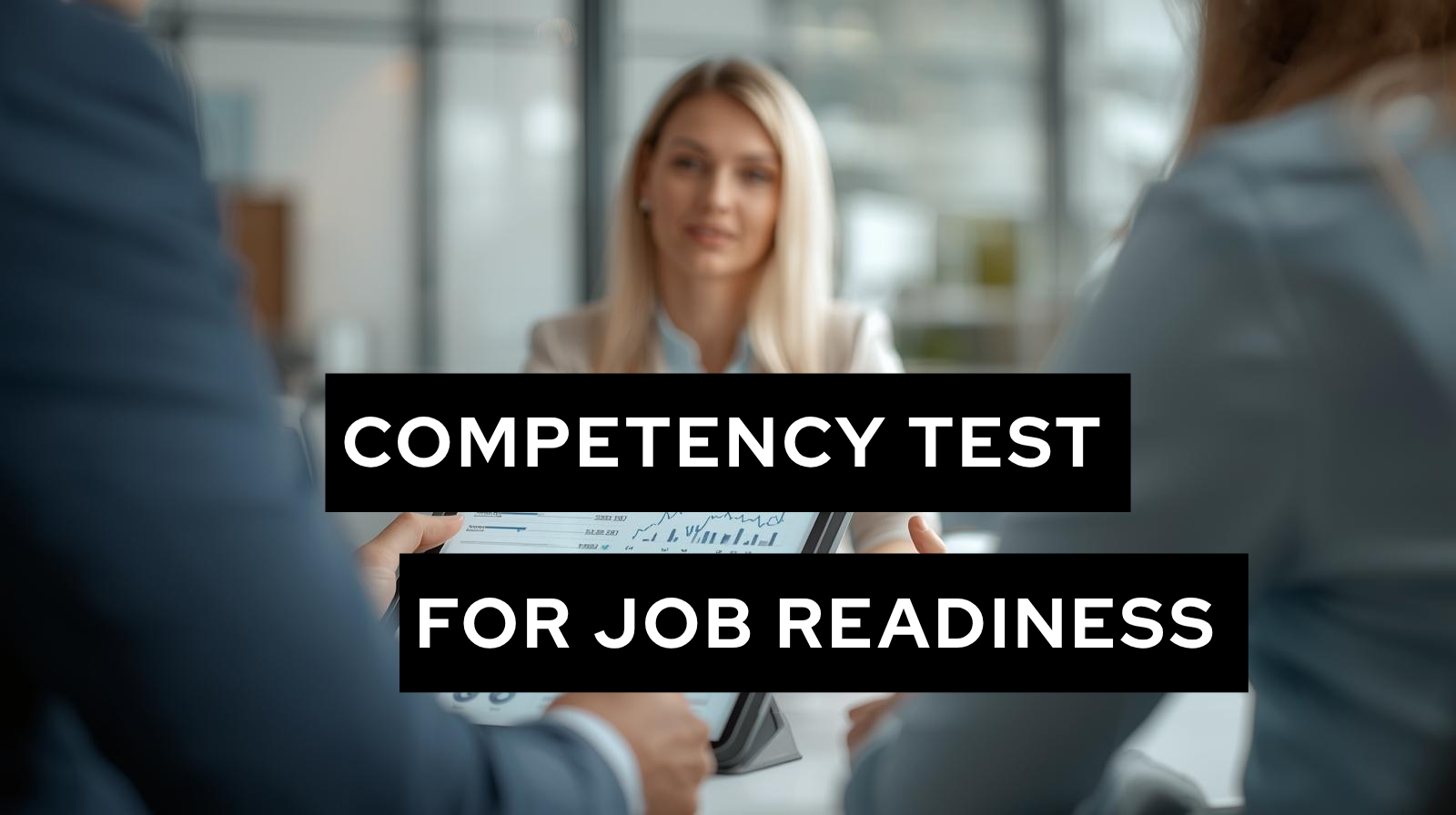
Make talent quality your leading analytic with skills-based hiring solution.

Hiring today is not just about checking qualifications on paper. Employers want to know if candidates can actually perform in the role they are hired for. This is where a competency test becomes a powerful tool. Instead of relying only on resumes or interviews, competency assessments give recruiters clear evidence of job readiness. They measure not just what candidates know, but how they apply their skills and behaviors in real-world settings
It makes the line clear between a hire who adds value and one who drains resources.
A competency test is an evaluation designed to measure a candidate’s ability to perform specific tasks, demonstrate workplace behaviors, and apply knowledge in real job scenarios. Unlike traditional exams that often test theory, competency assessments focus on application.
For example, a competency assessment for a marketing professional might include evaluating their ability to create a campaign plan within a given budget, while a leadership competency test might simulate conflict resolution within a team.
The goal is simple: to validate that candidates are equipped with the right skills, behaviors, and decision-making abilities needed for success.
Hiring decisions are expensive, and bad hires are even more costly. According to the U.S. Department of Labor, a poor hiring decision can cost up to 30% of the employee’s first-year earnings. This makes it critical for organizations to look beyond resumes and structured interviews.
Job-based competency assessments solve this problem by:
By implementing these tests, HR teams and hiring managers make more confident decisions, and candidates feel they are evaluated fairly.
Organizations that adopt competency assessments gain measurable advantages. Here are four key benefits:
| Improved Quality of Hire | Candidates are chosen based on demonstrated ability, not self-reported skills |
| Lower Turnover | Employees who pass competency tests are more likely to stay and succeed in the role |
| Efficient Hiring Decisions | Objective scoring helps recruiters quickly shortlist top talent |
| Employee Learning and Development | Assessment results can identify training opportunities and guide career development paths |
Competency tests don’t just support better hiring; they also strengthen long-term workforce planning.
These tests simulate the kind of tasks employees face on the job. Instead of asking candidates “what would you do,” they allow candidates to actually “show what they would do.”
Some examples:
Because these tests mirror real tasks, the results give hiring managers confidence that the candidate can step into the role with minimal training.
It’s important to understand the difference between a competency test and a skill assessment. While both are useful, they focus on different aspects:
Together, they create a fuller picture of job readiness. For example, a software developer might excel at a coding test, but a competency test will reveal whether they can collaborate in a team or manage client feedback effectively.
The rise of AI and data-driven hiring tools is transforming how competency assessments are conducted. Modern platforms use AI to analyze candidate behavior, response patterns, and performance benchmarks. This not only makes tests faster and more accurate but also reduces unconscious bias.
For instance, AI-enabled systems can identify traits linked to leadership or resilience, providing deeper insights into cultural fit and long-term potential. The future of competency testing will be about blending human judgment with data-backed confidence.
A competency test is more than just another step in hiring, it is a critical filter that ensures candidates are genuinely ready for the job. By focusing on real-world performance instead of surface-level claims, competency assessments reduce bad hires, improve cultural fit, and support long-term employee success.
For recruiters, HR leaders, and hiring managers, investing in job-based competency assessments is not just a hiring strategy, it’s a way to build stronger, more capable teams for the future.